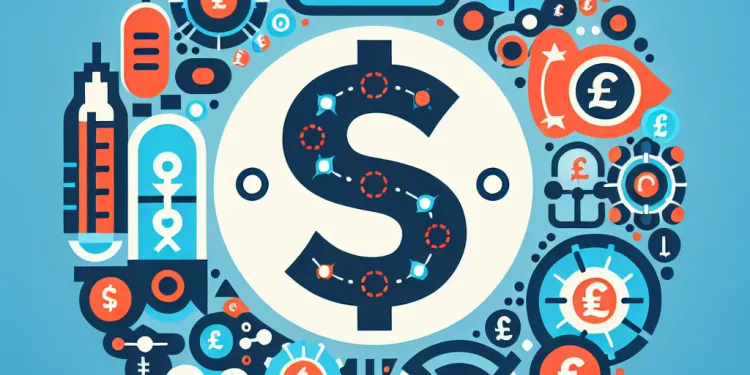
Find Help
More Items From Ergsy search
-

What is the connection between GLP-1 and insulin?
Relevance: 100%
-
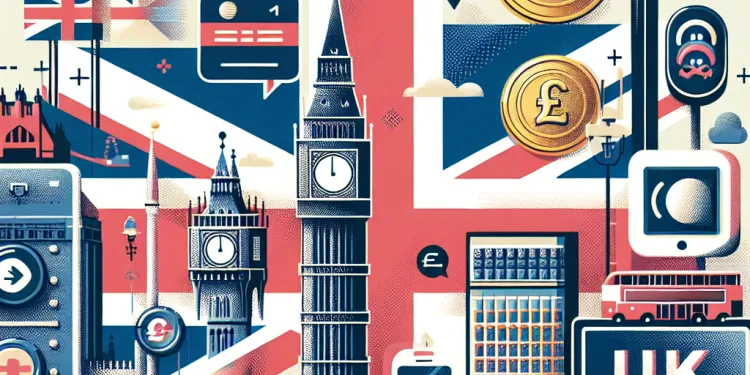
What is GLP-1?
Relevance: 58%
-
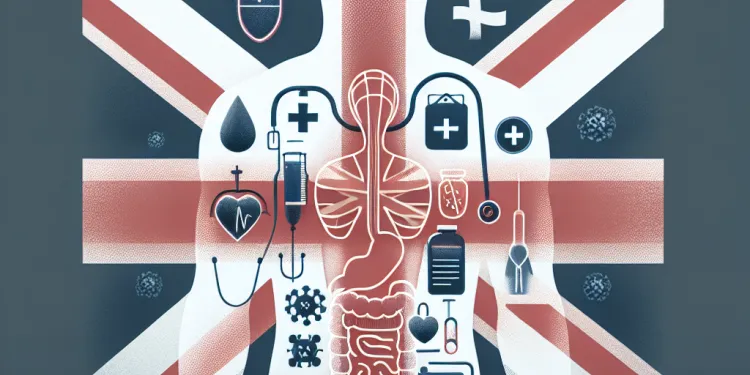
Where is GLP-1 produced in the body?
Relevance: 53%
-
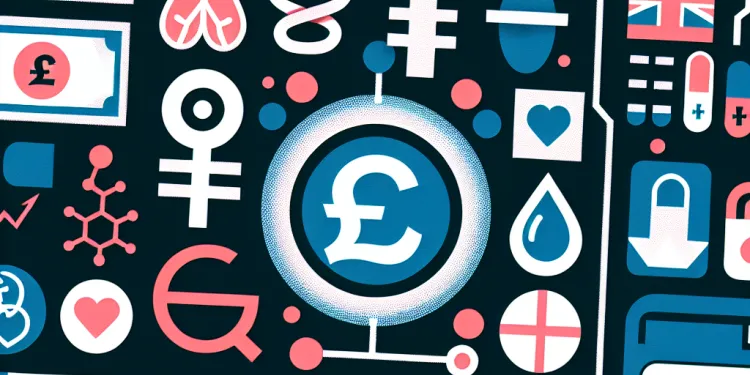
Is GLP-1 related to any other hormones?
Relevance: 53%
-

Is GLP-1 naturally occurring?
Relevance: 52%
-
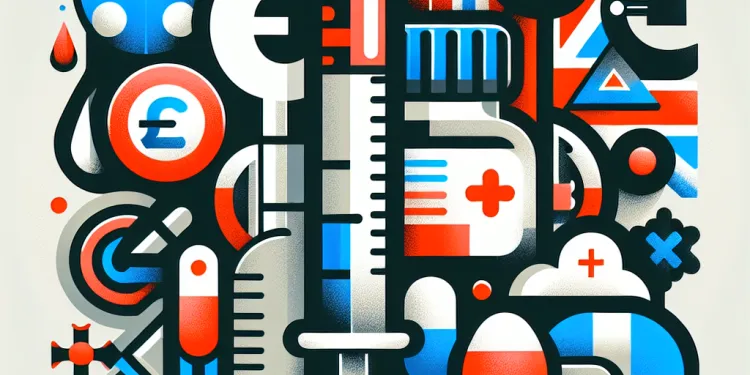
Is Ozempic a form of insulin?
Relevance: 51%
-
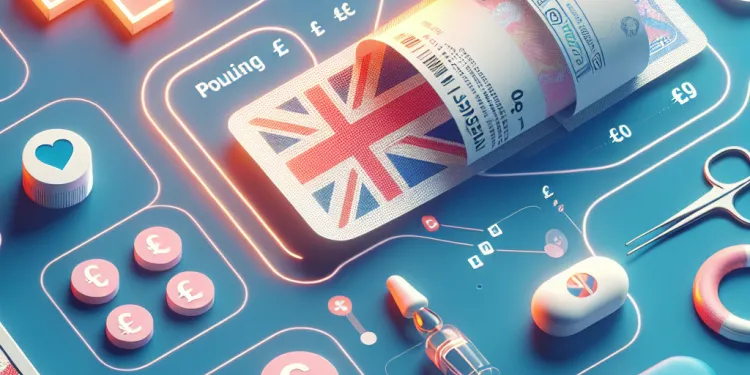
Can GLP-1 be used as a medication?
Relevance: 50%
-
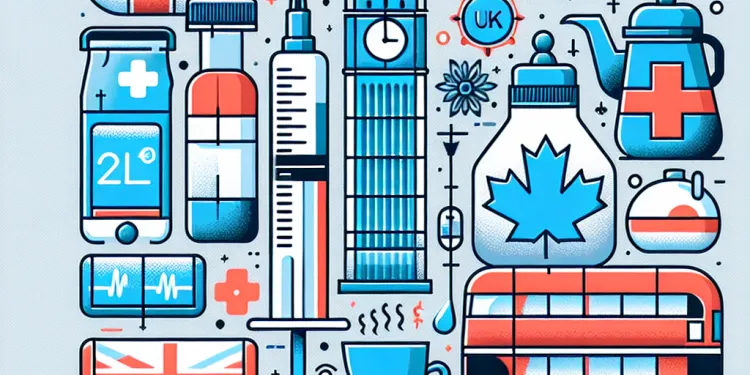
Are GLP-1 medications injectable?
Relevance: 50%
-

Can GLP-1 levels be measured?
Relevance: 49%
-

What impact does GLP-1 have on glucose metabolism?
Relevance: 49%
-

What is the half-life of GLP-1?
Relevance: 49%
-

How do GLP-1 receptor agonists work?
Relevance: 49%
-
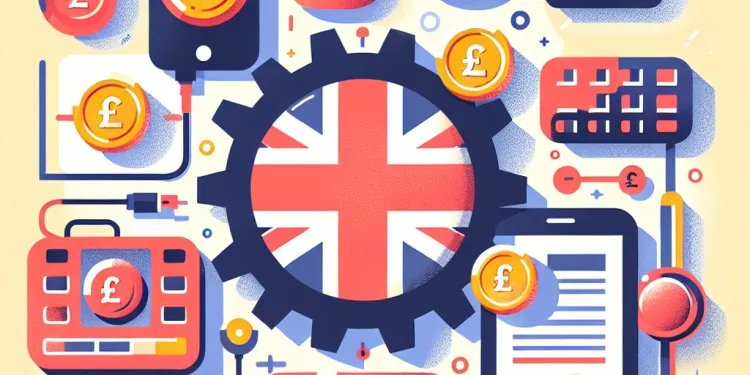
What does GLP-1 stand for?
Relevance: 49%
-
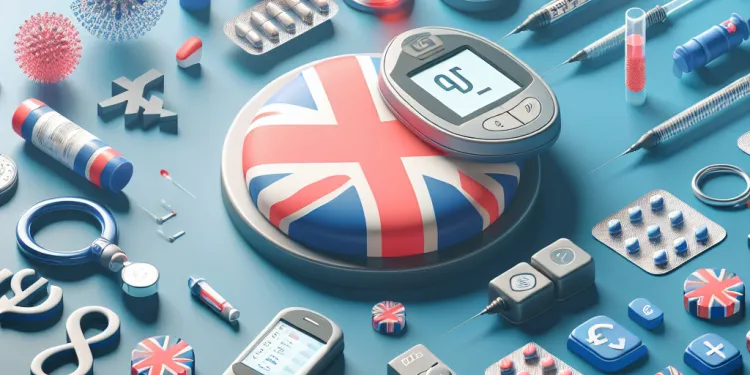
What role does GLP-1 play in diabetes management?
Relevance: 46%
-
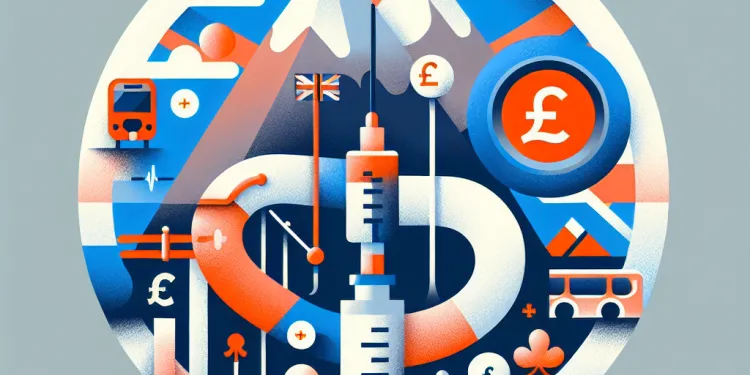
Can Mounjaro be mixed with insulin?
Relevance: 44%
-
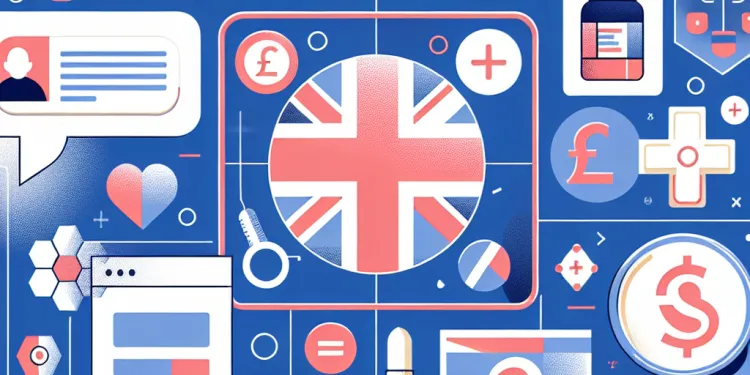
Are there any common side effects of GLP-1 medications?
Relevance: 43%
-
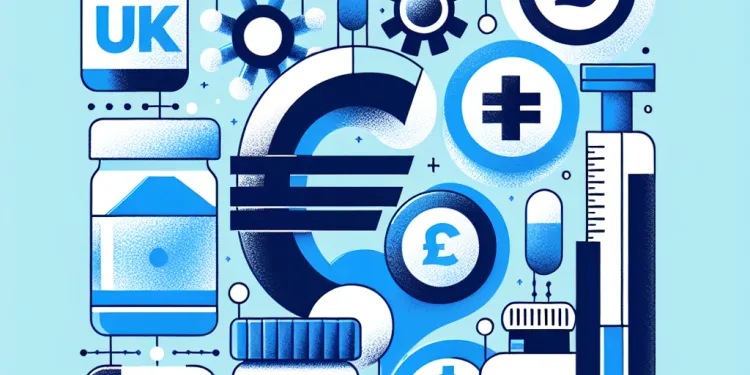
Are there any GLP-1 medications that are taken orally?
Relevance: 43%
-
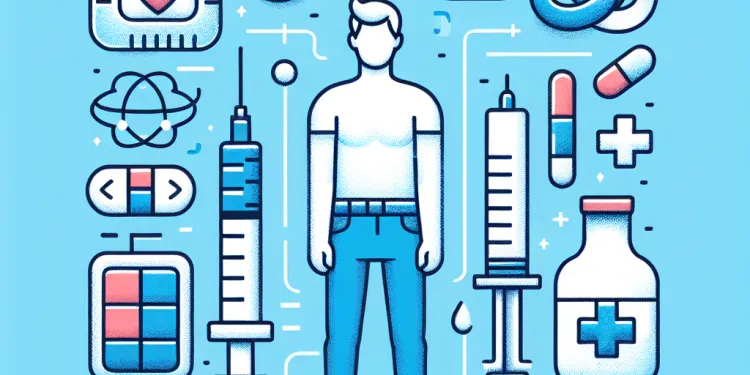
How to inject insulin
Relevance: 42%
-
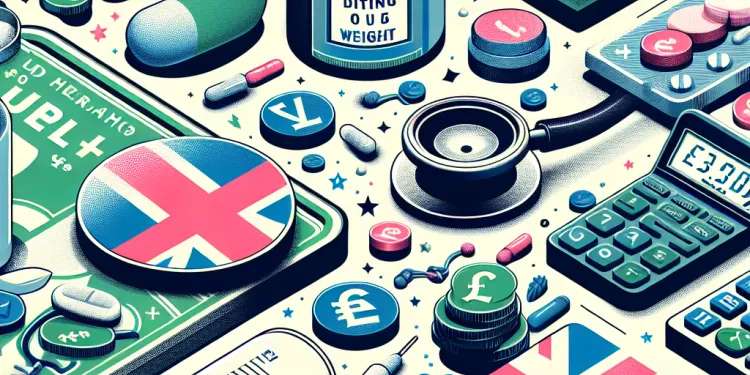
Do GLP-1 medications affect weight?
Relevance: 42%
-

Are there any dietary factors that influence GLP-1 secretion?
Relevance: 41%
-
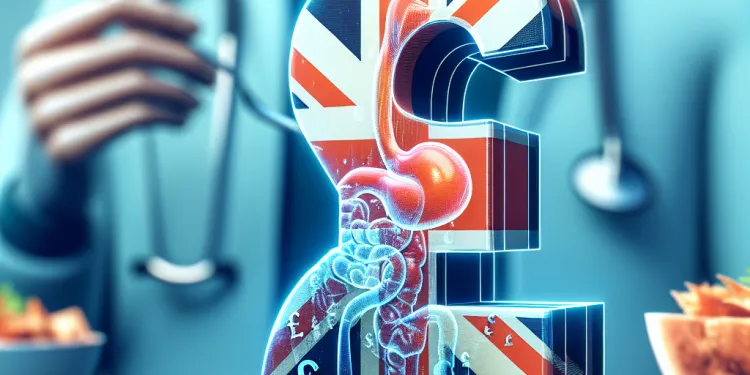
How does GLP-1 affect appetite?
Relevance: 40%
-

What is the role of insulin in Type 2 Diabetes?
Relevance: 39%
-
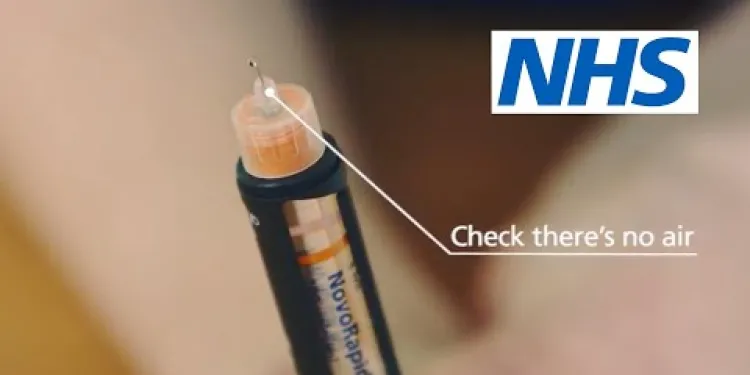
Diabetes: How to inject insulin | NHS
Relevance: 38%
-
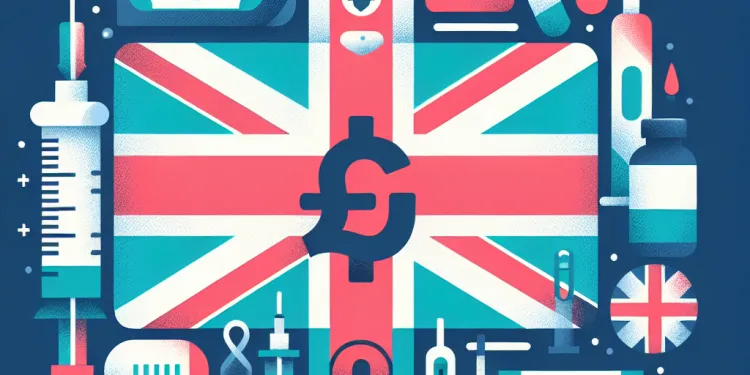
Can GLP-1 be used for type 1 diabetes?
Relevance: 34%
-

IBS and your mind: Is there a connection?
Relevance: 31%
-

Why are there unfamiliar apps connected to my social media account?
Relevance: 30%
-

Can Mounjaro be used in type 1 diabetes?
Relevance: 30%
-
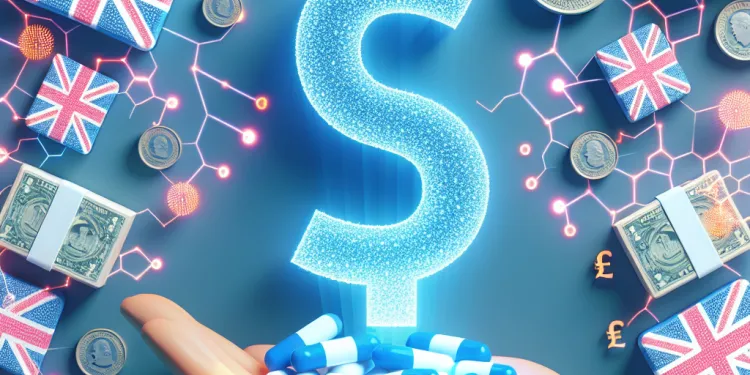
What are incretins?
Relevance: 30%
-
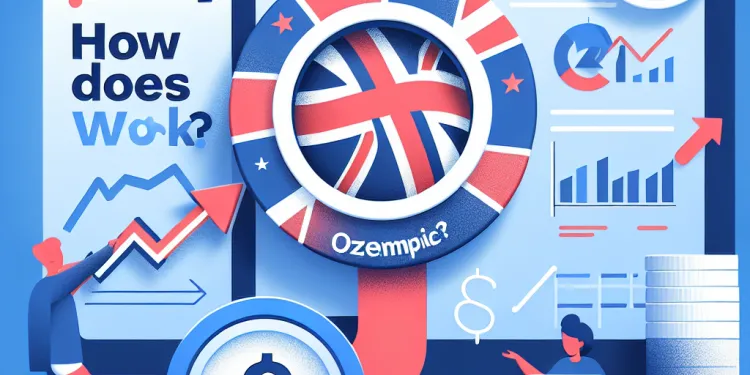
How does Ozempic work?
Relevance: 29%
-

IBS and your mind: Is there a connection?
Relevance: 28%
-

How does Mounjaro work?
Relevance: 27%
-
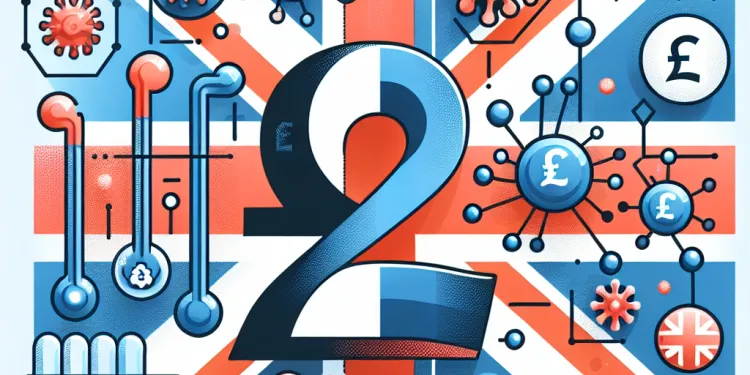
Is there a connection between cortisol and the immune system?
Relevance: 25%
-

What is the active ingredient in Mounjaro?
Relevance: 25%
-

Can I take Ozempic with other diabetes medications?
Relevance: 24%
-
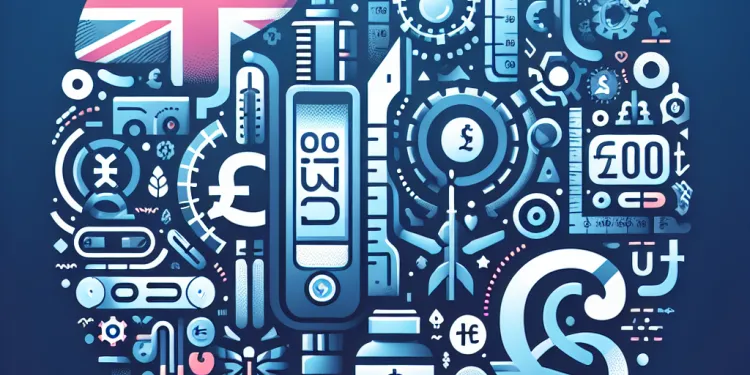
Is Ozempic suitable for type 1 diabetes?
Relevance: 24%
-

What populations should use caution when taking Ozempic?
Relevance: 23%
-
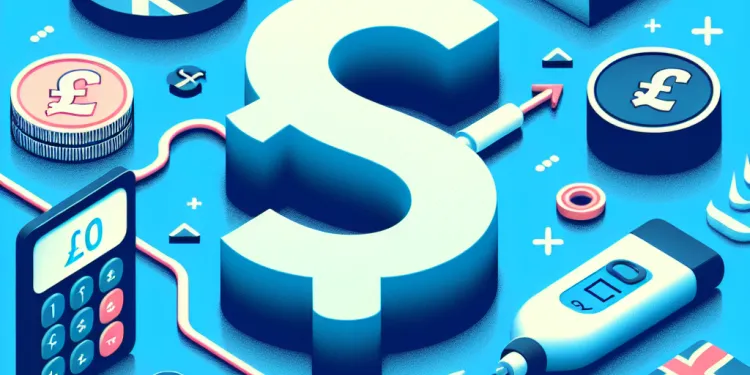
How does Ozempic affect blood sugar levels?
Relevance: 23%
-
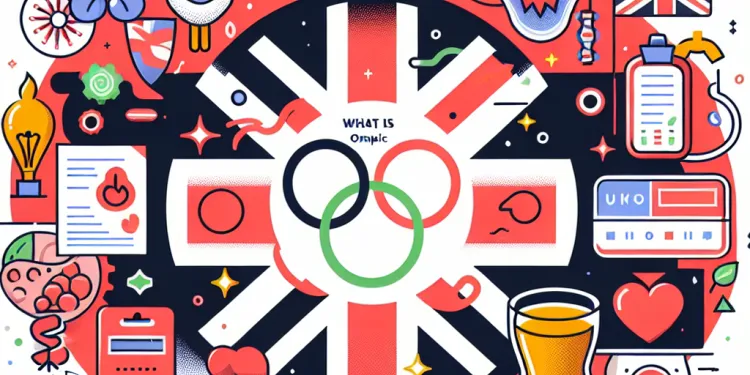
What is Ozempic?
Relevance: 20%
-
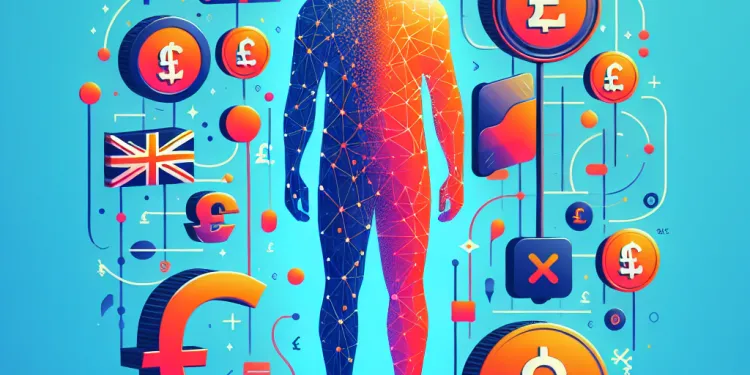
Can Ozempic be used for weight loss?
Relevance: 19%
-

Is Wegovy used for type 2 diabetes management?
Relevance: 19%
Understanding GLP-1 and Its Role in the Body
Glucagon-like peptide-1 (GLP-1) is a hormone that plays a crucial role in regulating blood glucose levels. It is part of a group of hormones known as incretins, which are released after eating and help stimulate the secretion of insulin. GLP-1 is produced in the small intestine and has several functions, including slowing down gastric emptying, promoting a feeling of satiety, and most importantly, enhancing insulin secretion from the pancreas.
The Connection Between GLP-1 and Insulin
The primary connection between GLP-1 and insulin lies in GLP-1's ability to enhance insulin secretion in a glucose-dependent manner. When blood glucose levels rise after eating, GLP-1 is released into the bloodstream. It then binds to receptors on pancreatic beta cells, stimulating them to release insulin. This effect is crucial because it ensures that insulin is secreted when it is most needed, helping to maintain normal blood glucose levels and prevent hyperglycemia.
Unlike some other hormones, GLP-1 does not continuously increase insulin levels; its action depends on the presence of elevated glucose levels. This glucose-dependent nature of GLP-1 activity helps minimise the risk of hypoglycemia, which can occur if insulin is secreted when glucose levels are low. Therefore, GLP-1 serves as an important regulatory mechanism in glucose homeostasis.
Therapeutic Implications of GLP-1
Due to its role in enhancing insulin secretion, GLP-1 has become a target for type 2 diabetes treatments. GLP-1 receptor agonists are a class of medications that mimic the effects of natural GLP-1. These drugs bind to GLP-1 receptors on the pancreas, leading to increased insulin release, decreased glucagon secretion, and delayed gastric emptying. This triple action helps improve blood glucose control in individuals with type 2 diabetes.
Beyond glucose regulation, GLP-1 receptor agonists are also associated with weight loss, which is beneficial for many people with type 2 diabetes. Some medications that target GLP-1 even have cardiovascular benefits, reducing the risk of heart disease. This illustrates the broad therapeutic potential of targeting GLP-1 pathways.
Conclusion
In summary, GLP-1 is a crucial hormone that connects to insulin secretion, enhancing the body's ability to regulate glucose levels after meals. Its unique glucose-dependent action helps protect against both hyperglycemia and hypoglycemia. The therapeutic use of GLP-1 receptor agonists highlights the hormone's importance in managing type 2 diabetes and offers additional benefits like weight loss and cardiovascular protection. Understanding the connection between GLP-1 and insulin can aid in grasping the complexities of glucose regulation and the advancements in treatment for diabetes.
Understanding GLP-1 and Its Role in the Body
GLP-1 is a hormone in your body. It helps control how much sugar is in your blood. GLP-1 comes from your small intestine after you eat. It helps your body make more insulin, which manages sugar levels. GLP-1 also helps you feel full and slows down food leaving your stomach.
The Connection Between GLP-1 and Insulin
GLP-1 helps your body make insulin. After you eat, your blood sugar goes up. This makes GLP-1 go into your blood. GLP-1 tells the pancreas to make insulin. Insulin helps lower blood sugar. GLP-1 only works when blood sugar is high, which helps avoid low blood sugar problems.
GLP-1 doesn't make insulin all the time. It ensures insulin is made only when needed. This way, it keeps blood sugar from dropping too low, which can be dangerous. So, GLP-1 is important for keeping sugar levels just right.
Therapeutic Implications of GLP-1
Because GLP-1 helps make insulin, it is used in medicine for type 2 diabetes. Some drugs can act like GLP-1. These drugs make it easier for the pancreas to make insulin and can also slow down your stomach from emptying after meals. This helps control blood sugar in people with type 2 diabetes.
These GLP-1-like drugs can also help people lose weight, which is helpful for some with diabetes. They may also be good for your heart, lowering the chance of heart problems. This shows that GLP-1 is useful for different health benefits.
Conclusion
To sum up, GLP-1 is a key hormone for helping insulin keep your blood sugar normal after meals. It helps keep sugar from going too high or too low. Medicines based on GLP-1 help manage type 2 diabetes and can help with weight loss and heart health. Understanding how GLP-1 and insulin work can help you see how your body controls sugar and how doctors treat diabetes.
Frequently Asked Questions
What is GLP-1?
GLP-1, or glucagon-like peptide-1, is an incretin hormone produced in the gut that stimulates insulin secretion and inhibits glucagon release after eating, helping to regulate blood sugar levels.
What is the primary role of insulin in the body?
Insulin is a hormone produced by the pancreas that helps regulate blood glucose levels by promoting the uptake of glucose into cells, reducing blood sugar levels.
How does GLP-1 affect insulin secretion?
GLP-1 enhances insulin secretion from the pancreas in response to eating, particularly when glucose levels are elevated, thereby helping to lower blood glucose post-meal.
What role does GLP-1 play in glucose metabolism?
GLP-1 promotes insulin secretion and inhibits glucagon release, enhancing glucose uptake and utilization in cells, which aids in maintaining glucose homeostasis.
Can GLP-1 therapy be used to treat diabetes?
Yes, GLP-1 receptor agonists are used in the treatment of type 2 diabetes to enhance insulin secretion, suppress glucagon, and ultimately improve blood sugar control.
How do GLP-1 receptor agonists work?
GLP-1 receptor agonists mimic the action of native GLP-1, stimulating insulin secretion and inhibiting glucagon release, as well as slowing gastric emptying and reducing appetite.
Is there a link between GLP-1 and insulin resistance?
GLP-1 can improve insulin sensitivity indirectly by enhancing insulin secretion and action, but it does not directly affect insulin resistance in tissues.
How does GLP-1 reduce the risk of hypoglycemia?
GLP-1 enhances insulin secretion in a glucose-dependent manner, meaning it primarily acts when blood sugar is elevated, reducing the risk of hypoglycemia.
What are the side effects of GLP-1 based therapies?
Common side effects include nausea, vomiting, diarrhea, and decreased appetite. More serious but rare side effects may include pancreatitis and kidney problems.
How soon after eating does GLP-1 exert its effects?
GLP-1 is released from intestinal L-cells shortly after nutrient ingestion, quickly enhancing insulin secretion in the presence of glucose.
Are GLP-1 mechanisms similar to insulin?
While both GLP-1 and insulin help regulate blood glucose levels, GLP-1 enhances the secretion of insulin in response to food, whereas insulin directly facilitates glucose uptake into cells.
Do GLP-1 levels affect fasting glucose levels?
GLP-1 primarily affects postprandial glucose levels due to its role in enhancing insulin secretion after meals, but improved glucose regulation can also impact fasting glucose over time.
How do GLP-1 receptor agonists differ from insulin therapy?
GLP-1 receptor agonists stimulate the body’s own insulin production in response to meals, whereas insulin therapy involves providing external insulin to directly lower blood glucose levels.
Can GLP-1 help with weight management?
Yes, GLP-1 receptor agonists can promote weight loss by reducing appetite and slowing gastric emptying, making people feel fuller for longer after meals.
What are the benefits of using GLP-1 in type 2 diabetes?
GLP-1 receptor agonists improve glycemic control by enhancing insulin secretion, reducing glucagon, promoting weight loss, and lowering the risk of hypoglycemia.
Can GLP-1 receptor agonists be used in type 1 diabetes?
GLP-1 receptor agonists are primarily used for type 2 diabetes; however, some studies suggest potential benefits for type 1 diabetic patients, but more research is needed.
Is GLP-1 production affected in diabetes?
In type 2 diabetes, GLP-1 secretion and action may be impaired, contributing to inadequate insulin release and abnormal glucose regulation.
Can lifestyle changes affect GLP-1 levels?
Yes, diet and exercise can influence GLP-1 levels, as healthier lifestyles can improve the body's natural GLP-1 secretion and action.
Does GLP-1 only affect insulin secretion?
No, in addition to enhancing insulin secretion, GLP-1 also decreases glucagon levels, slows gastric emptying, and reduces appetite.
What are other therapeutic uses of GLP-1 receptor agonists?
Beyond glycemic control, GLP-1 receptor agonists are being explored for weight management, cardiovascular health improvement, and potential benefits in neurodegenerative diseases.
What is GLP-1?
GLP-1 is something in your body that helps control your blood sugar. It helps your body use the food you eat to make energy. If you need more help, you can ask someone to explain it to you or use a tool like audiobooks to listen and learn more.
GLP-1 is a special chemical made in your tummy. It helps your body use sugar after you eat. It tells your body to make more insulin, which is like a helper that manages the sugar in your blood. It also tells your body to make less glucagon, which is another chemical that can raise sugar levels. This helps keep your blood sugar just right.
What does insulin do in the body?
Insulin is a chemical made by a part of your body called the pancreas. It helps keep your blood sugar at the right level by moving sugar from your blood into your cells. This makes your blood sugar go down.
How does GLP-1 help the body use insulin?
GLP-1 helps the body release more insulin when we eat. This happens mainly when sugar levels in the blood are high. GLP-1 helps lower blood sugar after meals.
What does GLP-1 do with sugar in the body?
GLP-1 helps the body manage sugar. It makes sure sugar levels in the blood are not too high or too low. It tells the body to make insulin, which helps use sugar from food as energy.
If you need help understanding this, try using pictures or talking it over with someone else. Using a simple chart to show how the body uses sugar can also help.
GLP-1 helps the body by making more insulin. It also stops making too much glucagon. This helps the body use sugar better and keeps sugar levels normal.
Can GLP-1 help people with diabetes?
Doctors sometimes give people a medicine called GLP-1. This medicine can help people who have diabetes. It works to keep blood sugar levels healthy.
If you have diabetes and want to know more, talk to your doctor. They can give you advice and support.
If reading is hard for you, try asking someone to read with you. You can also listen to the text using an audiobook app.
Yes, some medicines help people with type 2 diabetes. These medicines help the body make more insulin, stop another hormone called glucagon, and keep blood sugar at the right level.
How do GLP-1 receptor agonists work?
GLP-1 receptor agonists are a type of medicine. They help people with diabetes.
This medicine works by:
- Helping your body make more insulin.
- Stopping your liver from making too much sugar.
- Making you feel less hungry, so you might eat less.
If reading is hard, you can use:
- Reading apps that read aloud to you.
- Highlight words you don't know and ask an adult to explain.
- Break down big words into smaller sounds.
GLP-1 receptor agonists help the body work better. They make the body release more insulin and less of something called glucagon. This helps keep blood sugar levels steady. They also help slow down how fast food leaves the stomach, so people feel full and eat less.
Supportive tools or techniques: Reading tools that highlight text or use bigger fonts can make reading easier. Audiobooks are another helpful way to understand content.
Is there a connection between GLP-1 and insulin resistance?
GLP-1 is a substance in your body. It helps control blood sugar.
Insulin resistance means your body has trouble using insulin, which helps lower blood sugar.
Scientists want to know if GLP-1 is connected to insulin resistance.
They are studying this to understand more.
Tools to help:
- Ask a doctor or nurse if you have questions.
- Use simple health information guides online.
- Watch videos made for kids about how the body works.
GLP-1 helps the body use insulin better. It makes the body release more insulin and helps insulin work well. But it does not directly fix how some body parts resist or do not listen to insulin.
How does GLP-1 help to stop low blood sugar?
GLP-1 helps the body make more insulin when there is more sugar in the blood. This means it works when blood sugar is high. It helps keep the blood sugar levels from dropping too low.
What can GLP-1 medicines do to your body?
GLP-1 medicines might make you feel a bit sick. Here are some things you might feel:
- Stomach ache: Your tummy might hurt.
- Feeling sick: You might feel like you want to throw up.
- Diarrhea: You might need to go to the toilet more often.
- Headache: Your head might hurt.
If you feel any of these, tell a grown-up or talk to your doctor. They can help you feel better.
Use tools like pictures or videos to understand more about how these medicines work. They can help make things easier to learn.
Some common side effects are feeling sick, throwing up, runny poo, and not feeling hungry. More serious side effects can happen but are very rare. These can be problems with the pancreas and kidneys.
If you find reading hard, you can try:
- Listening to audiobooks.
- Using apps that read text aloud.
- Asking someone to read with you.
When does GLP-1 start working after eating?
After you eat, your body makes something called GLP-1. GLP-1 helps your body use the food. It starts working not long after you eat.
If you need extra help to understand, you can:
- Ask someone you trust to explain it to you.
- Use pictures or videos to help learn.
- Take your time to read each word slowly.
GLP-1 comes out from the gut cells after we eat. It helps our body make more insulin when there is sugar in the blood.
Is GLP-1 like insulin?
GLP-1 and insulin both help keep blood sugar levels normal. GLP-1 helps the body make more insulin when you eat. Insulin helps sugar from your food go into your body's cells.
Do GLP-1 Levels Change Blood Sugar Levels When Not Eating?
GLP-1 is something in your body that helps control sugar levels.
"Fasting" means you haven't eaten for a while.
So, the question is: Does GLP-1 change your sugar levels when you haven't eaten?
You can use pictures to help understand this better.
Asking a parent, teacher, or friend might help too!
GLP-1 helps control blood sugar levels after you eat by making your body release more insulin. Over time, it can also help improve blood sugar levels even when you haven't eaten.
What is the difference between GLP-1 receptor agonists and insulin?
Let's find out how GLP-1 receptor agonists and insulin are not the same:
- GLP-1 receptor agonists help the body make its own insulin. They help control blood sugar levels. They are usually given as a shot.
- Insulin therapy is when people take insulin shots. This helps lower blood sugar by adding insulin to the body from outside.
If reading is hard, here are some tips:
- Read with a friend or family member.
- Use a tool to read the text out loud.
- Take breaks if you feel tired.
GLP-1 receptor agonists help your body make more insulin after you eat. Insulin therapy means giving the body insulin from outside to lower blood sugar levels.
Can GLP-1 help you keep a healthy weight?
GLP-1 is a thing that can help people control their weight. It helps the body use food better. It can make you feel full, so you might eat less. This can help you stay at a healthy weight.
If you want help with weight, talk to a doctor. They can tell you if GLP-1 is a good idea for you.
Using pictures can help you understand better. You can also use a reading app to hear the words out loud.
Yes, GLP-1 medicines can help people lose weight. They make you feel less hungry and slow down how fast your stomach empties. This helps you feel full after eating for a longer time.
What good things does GLP-1 do for people with type 2 diabetes?
GLP-1 receptor agonists help control blood sugar in a few ways. They help the body make more insulin. They also help the body make less glucagon. These medicines can help people lose weight. They also make it less likely for the blood sugar to get too low.
For more help, you could try using pictures or diagrams to understand how these medicines work. Talking to a doctor or nurse can also help if you have questions.
Can GLP-1 receptor agonists help people with type 1 diabetes?
GLP-1 receptor agonists are special medicines. They help people with type 2 diabetes.
If you have type 1 diabetes, these medicines might not work the same way.
Always talk to your doctor before trying new medicines.
Your doctor can give you the best advice about your diabetes.
Using tools like pictures or apps can help you understand more about diabetes.
GLP-1 receptor agonists are medicines that help people with type 2 diabetes. Some scientists think they might also help people with type 1 diabetes. But we need to do more research to be sure.
Does diabetes change how GLP-1 is made?
In type 2 diabetes, the body may not release enough of something called GLP-1. This can make it hard for the body to make enough insulin and control blood sugar levels.
Can changing how you live affect GLP-1 levels?
GLP-1 is something in your body that helps control sugar.
You can make GLP-1 levels better by doing some things:
- Eat healthy foods: Try to eat more fruits and vegetables.
- Exercise: Moving your body helps keep you healthy.
- Sleep well: Get enough sleep every night.
- Manage stress: Try to stay calm and relax.
If you need help, you can:
- Ask a friend or family member to support you.
- Use apps to track your food and exercise.
Yes, what we eat and how much we move can change GLP-1 levels. When we eat healthy food and exercise, it helps our bodies make and use GLP-1 better.
Does GLP-1 only help the body make insulin?
No, GLP-1 does more than just help make insulin. It also lowers something called glucagon, helps your stomach empty more slowly, and makes you feel less hungry.
How else can GLP-1 receptor agonists help people feel better?
GLP-1 receptor agonists help control blood sugar. They are also being looked at to help with losing weight, making the heart healthier, and might even help with brain diseases.
If reading is hard, try using pictures to help understand words or ask someone to read with you.
Useful Links
- Ergsy carfully checks the information in the videos we provide here.
- Videos shown by Youtube after a video has completed, have NOT been reviewed by ERGSY.
- To view, click the arrow in centre of video.
- Most of the videos you find here will have subtitles and/or closed captions available.
- You may need to turn these on, and choose your preferred language.
- Go to the video you'd like to watch.
- If closed captions (CC) are available, settings will be visible on the bottom right of the video player.
- To turn on Captions, click settings .
- To turn off Captions, click settings again.
More Items From Ergsy search
-

What is the connection between GLP-1 and insulin?
Relevance: 100%
-

What is GLP-1?
Relevance: 58%
-

Where is GLP-1 produced in the body?
Relevance: 53%
-

Is GLP-1 related to any other hormones?
Relevance: 53%
-

Is GLP-1 naturally occurring?
Relevance: 52%
-

Is Ozempic a form of insulin?
Relevance: 51%
-

Can GLP-1 be used as a medication?
Relevance: 50%
-

Are GLP-1 medications injectable?
Relevance: 50%
-

Can GLP-1 levels be measured?
Relevance: 49%
-

What impact does GLP-1 have on glucose metabolism?
Relevance: 49%
-

What is the half-life of GLP-1?
Relevance: 49%
-

How do GLP-1 receptor agonists work?
Relevance: 49%
-

What does GLP-1 stand for?
Relevance: 49%
-

What role does GLP-1 play in diabetes management?
Relevance: 46%
-

Can Mounjaro be mixed with insulin?
Relevance: 44%
-

Are there any common side effects of GLP-1 medications?
Relevance: 43%
-

Are there any GLP-1 medications that are taken orally?
Relevance: 43%
-

How to inject insulin
Relevance: 42%
-

Do GLP-1 medications affect weight?
Relevance: 42%
-

Are there any dietary factors that influence GLP-1 secretion?
Relevance: 41%
-

How does GLP-1 affect appetite?
Relevance: 40%
-

What is the role of insulin in Type 2 Diabetes?
Relevance: 39%
-

Diabetes: How to inject insulin | NHS
Relevance: 38%
-

Can GLP-1 be used for type 1 diabetes?
Relevance: 34%
-

IBS and your mind: Is there a connection?
Relevance: 31%
-

Why are there unfamiliar apps connected to my social media account?
Relevance: 30%
-

Can Mounjaro be used in type 1 diabetes?
Relevance: 30%
-

What are incretins?
Relevance: 30%
-

How does Ozempic work?
Relevance: 29%
-

IBS and your mind: Is there a connection?
Relevance: 28%
-

How does Mounjaro work?
Relevance: 27%
-

Is there a connection between cortisol and the immune system?
Relevance: 25%
-

What is the active ingredient in Mounjaro?
Relevance: 25%
-

Can I take Ozempic with other diabetes medications?
Relevance: 24%
-

Is Ozempic suitable for type 1 diabetes?
Relevance: 24%
-

What populations should use caution when taking Ozempic?
Relevance: 23%
-

How does Ozempic affect blood sugar levels?
Relevance: 23%
-

What is Ozempic?
Relevance: 20%
-

Can Ozempic be used for weight loss?
Relevance: 19%
-

Is Wegovy used for type 2 diabetes management?
Relevance: 19%


